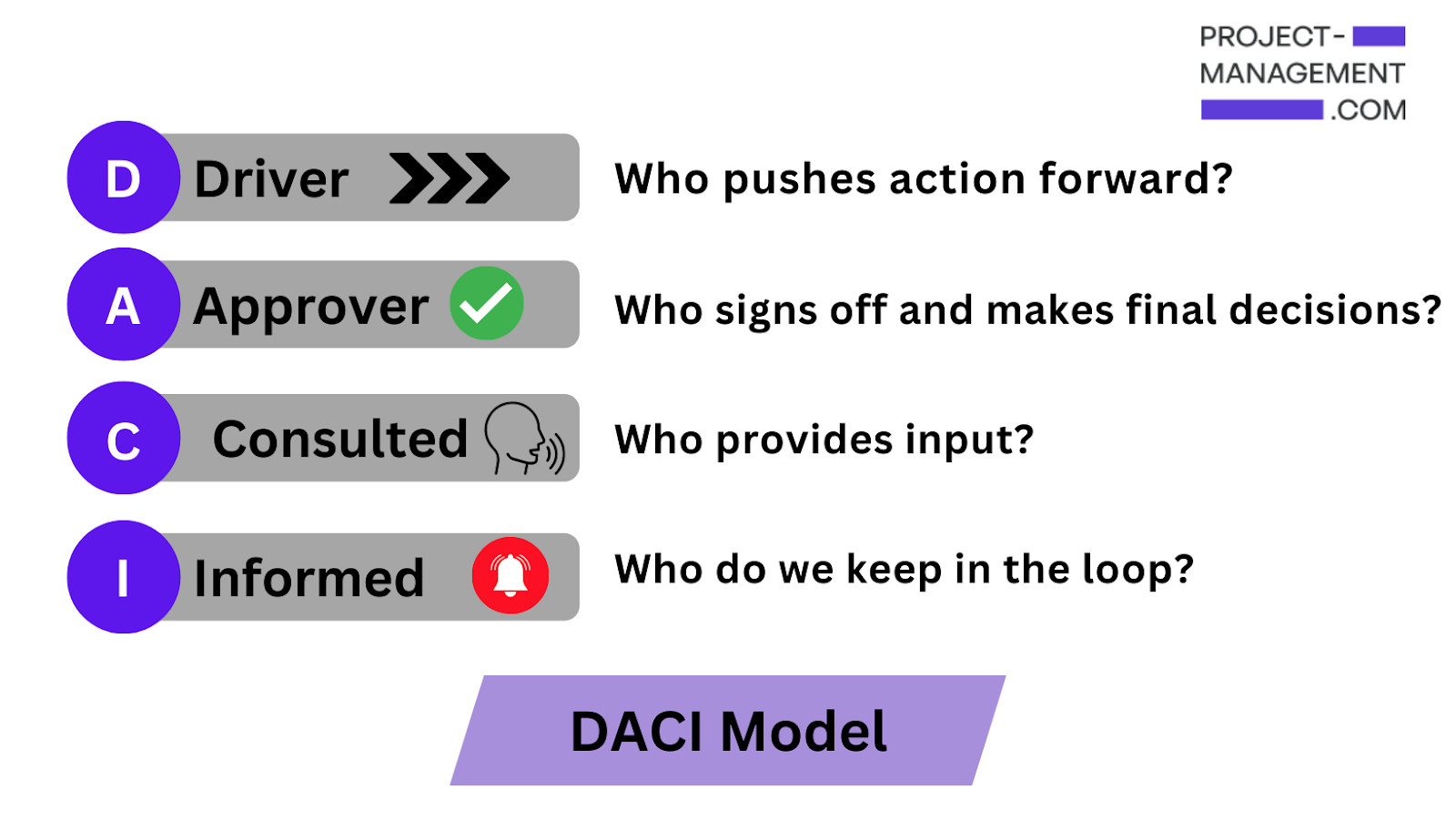It is exciting to speculate what the future may hold for Business Intelligence (BI) and its applications. When BI methodologies, practices, and tools are incorporated into a project, you can expect optimized productivity, mitigated risk, and maximized project effectiveness.
What Is BI?
Business Intelligence is an abstract and trendy term that is tossed around and used frequently across industries. BI, at its simplest, is a technical process for analyzing and delivering data that helps business leaders and project teams make smarter decisions based on all of the relevant information available. It helps businesses and teams run more intelligently.
Under the hood, BI covers three distinct levels of analysis and insights:
- Descriptive analytics: Tells users visually what has occurred and what is happening now. An example of this would include warehouse inventory tracking.
- Predictive analytics: Uses a range of techniques like data mining and statistics to make predictions about what could happen. An example of this would be a range of different sales models.
- Prescriptive analytics: Leverages AI and machine learning to allow users to determine the best course of action from a set of choices. An example of this would include process design flows detailing different levels of service.
Read more on CIO Insight: What Is Predictive Analytics?
Use BI to Improve Projects and Teams
BI can be very useful in project management, providing significant impact on projects. To do this, BI incorporates a combination of analytics, data management, and
reporting tools, plus various methodologies for managing and analyzing key data. It exposes realities and opportunities that can greatly impact any type of project.
“BI systems manage organizational metrics and present them to decision makers through intuitive dashboards, reports, and self-service capabilities,” reads a paper from the
Project Management Institute. “The data management and analytics component of BI systems have the capability to consolidate complex internal and third-party data from multiple applications into a central framework for conversion into actionable information.”
When implemented at the company level, Business Intelligence can help project managers and stakeholders drive better business decisions and enable their organization to increase revenue, improve operational efficiency, and gain competitive advantages. When implemented on the team level, BI can increase engagement, improve training, and eliminate common mistakes. Encourage employees to use BI as a path to building on technical and business abilities.
Business Applications of BI at Every Stage of Project Management
All forms of project management include multiple stages of effort to move from concept to deliverable of a product or service. Business Intelligence has been proven to provide many applications throughout every stage of the life of a project.
- Writing proposals: Predictive modeling enables what-if analysis of different business scenarios to help with project discovery and detailing project proposals.
- Research: Save valuable time finding answers to project questions and eliminate the often exhaustive search for details and proof of concepts.
- Planning: Fine-tune the effort to support strategic planning, evaluation, and process improvement — as well as generating insights to drive change — through a BI roadmap.
- Development: Support decision-making by visually identifying risks in budget and schedule, as well as data inaccuracies, using hard facts.
- and testing: Comb through historical information and real-time data to determine testing needs. BI tools allow you to test from the beginning to the end of the development lifecycle.
- Reporting: Create rich, interactive, and accurate status reports for stakeholders, teams, and executives, using detailed data to tell a story that makes everyone involved aware of expectations and outcomes.
- Delivery: Improve project delivery by gathering, viewing, and distributing information more efficiently across multiple platforms.
Read next: What Are Milestones in Project Management?





